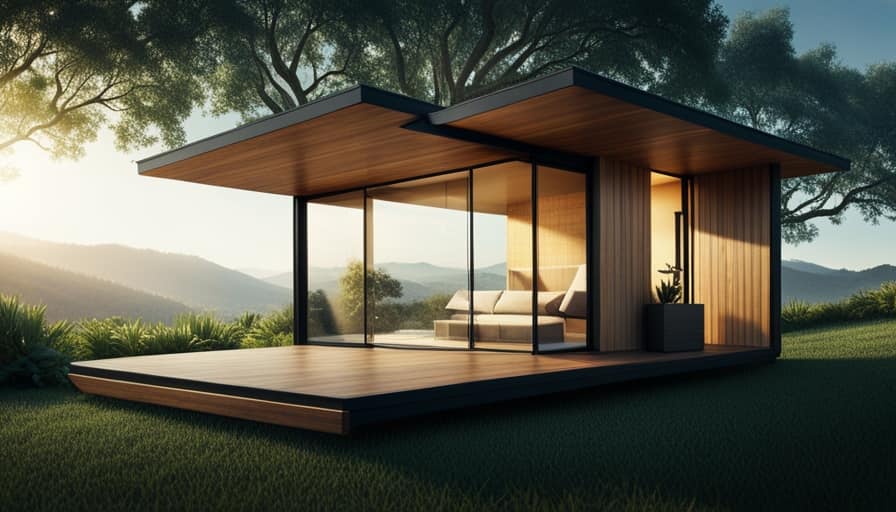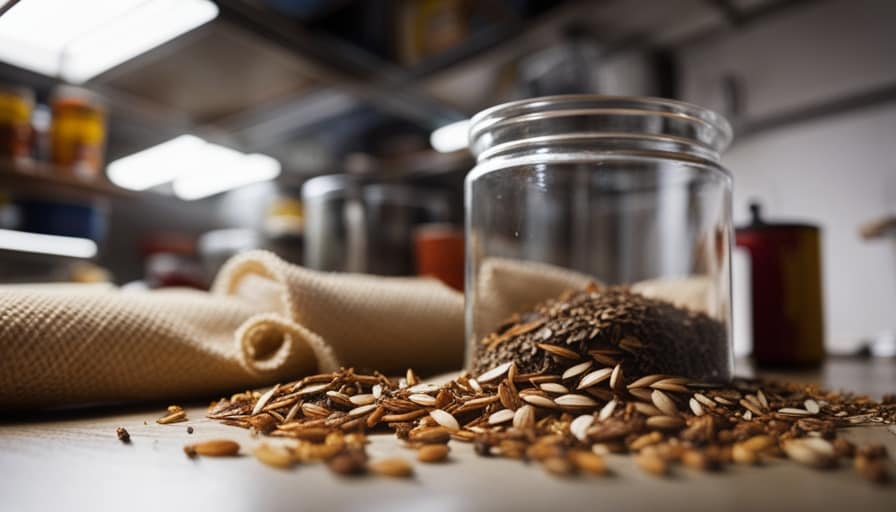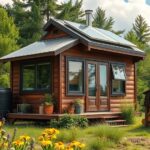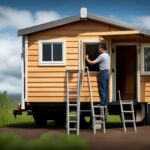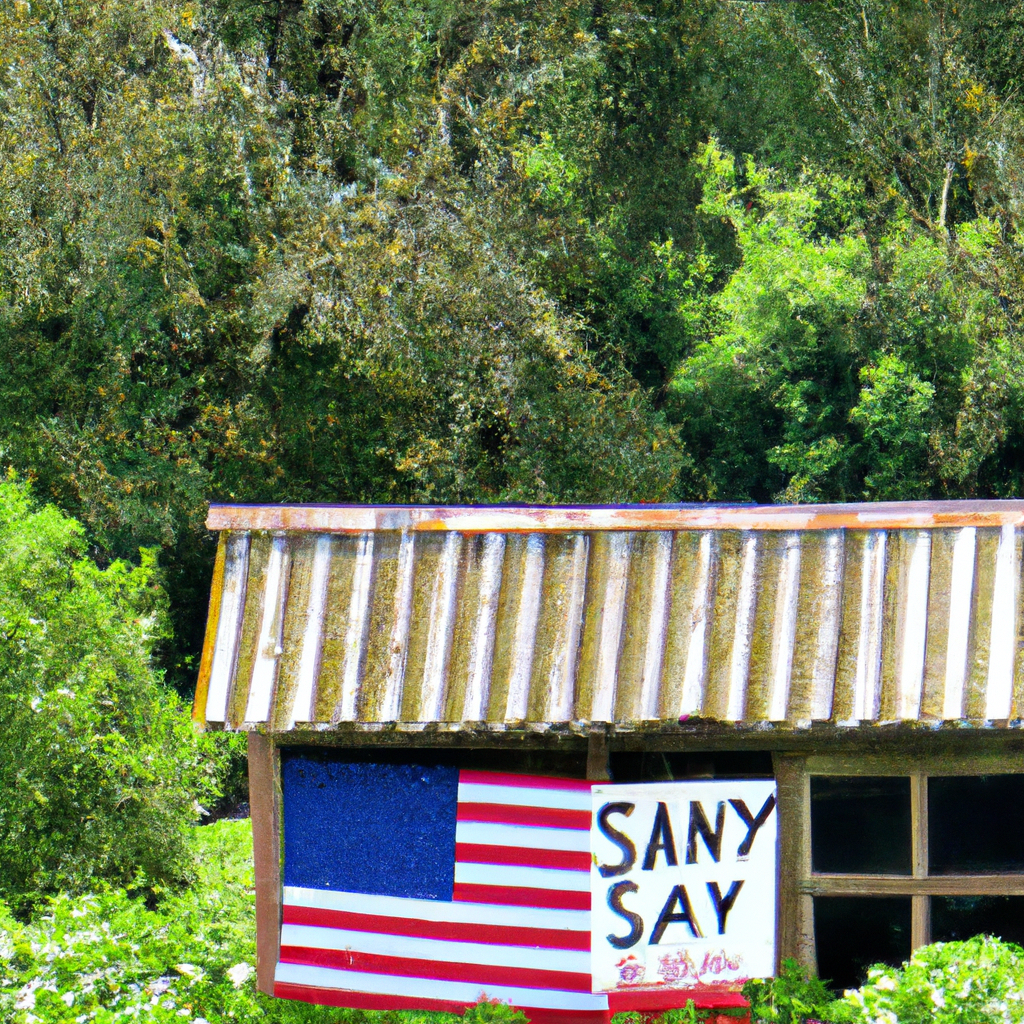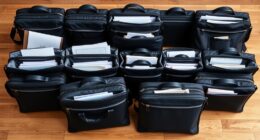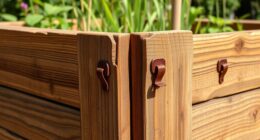I have all the information you need to set up a water system in a small house. While it may seem overwhelming at first, don’t worry! I will guide you through each step of the process.
From assessing your water needs to choosing the right components and setting up the water supply, I’ll cover it all.
We’ll even dive into installing a water filtration system for clean and safe water.
So, let’s get started on ensuring proper functionality for your tiny house water system!
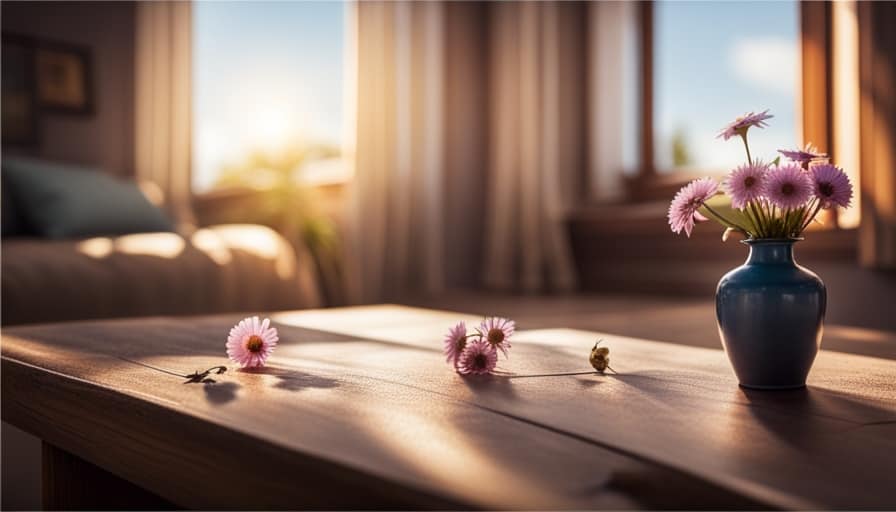
Key Takeaways
- Evaluate water requirements and aim for at least 1 gallon of water per person per day
- Consider water conservation methods like low-flow fixtures and rainwater collection
- Prioritize maintenance and troubleshooting of the water system components
- Install a point-of-use activated carbon filter system for clean and safe drinking water
Assessing Your Water Needs
I’ll start by evaluating my water requirements for the tiny house. When it comes to water storage, I need to consider the size of my tiny house and the number of occupants. A good rule of thumb is to have at least 1 gallon of water per person per day. This will ensure an adequate water supply for drinking, cooking, and basic hygiene needs.
Additionally, I should think about water conservation methods to minimize waste and maximize efficiency. This can include installing low-flow fixtures, using a composting toilet, and collecting rainwater for non-potable uses. By implementing these strategies, I can reduce my water consumption and minimize my environmental impact.
Now that I’ve assessed my water requirements and considered conservation methods, I can move on to choosing the right components for my tiny house water system.
Choosing the Right Components
First, I’ll consider the number of components needed and the best options for my tiny house water system. When choosing the right components, it’s important to prioritize water system maintenance and be prepared to troubleshoot common issues.
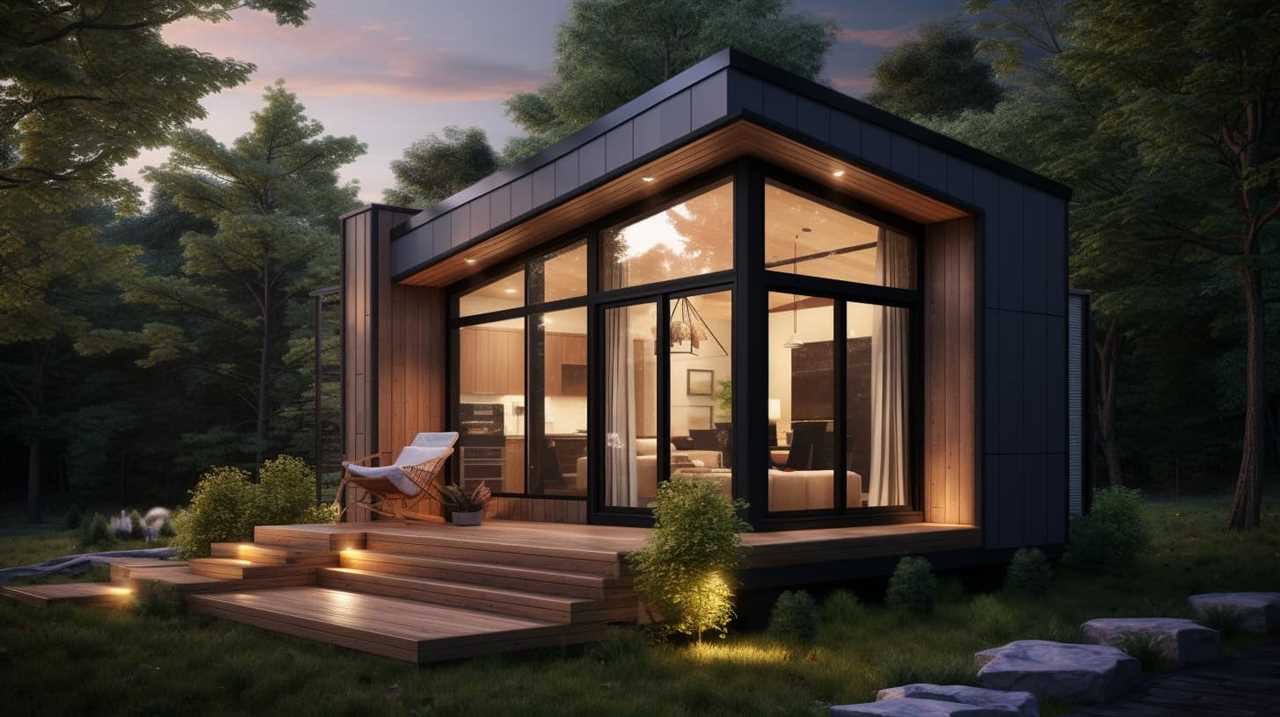
For a reliable water system, I recommend starting with a water pump that fits the size and water demands of your tiny house. A pressure tank is also essential to maintain consistent water pressure.
To ensure clean and safe water, a filtration system is necessary. Consider options like activated carbon filters or reverse osmosis systems based on your specific needs.
Additionally, installing a water heater will provide hot water for daily activities. It’s crucial to choose components that are durable, energy-efficient, and easy to maintain.
Regularly inspect and clean the components to prevent any potential issues and ensure a reliable water supply in your tiny house.
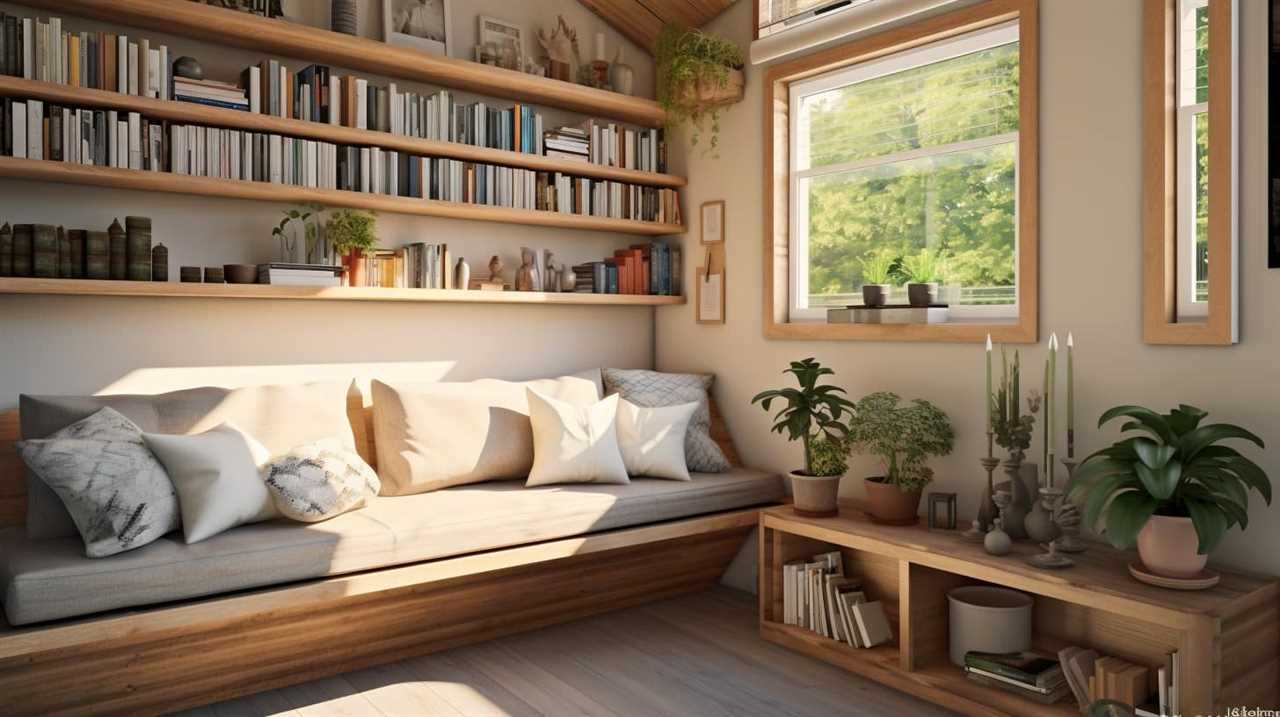
Setting Up the Water Supply
Once I’ve chosen the right components for my tiny house water system, I can begin setting up the water supply. Here’s how I do it:
-
Water Storage: I start by installing a water storage tank in a convenient location. This tank will hold the water that comes into my tiny house. I make sure to choose a tank that’s the right size for my needs and fits within the available space.
-
Plumbing Connections: Next, I connect the water storage tank to the plumbing system in my tiny house. I use high-quality pipes and fittings to ensure a secure and leak-free connection. I also install shut-off valves and pressure regulators to control the flow of water.
-
Distribution System: Finally, I set up a distribution system to bring water to different areas of my tiny house. This includes installing faucets, showers, and toilets, as well as connecting them to the main plumbing lines.
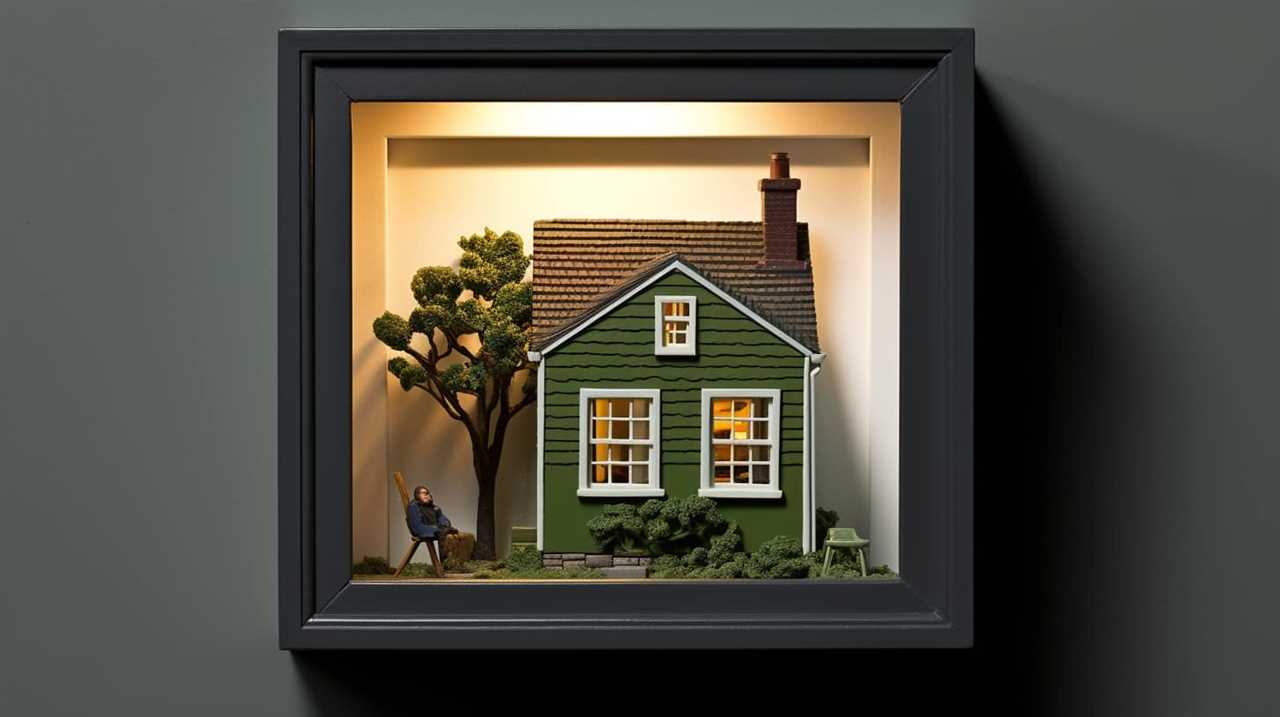
With the water supply set up, I can now move on to installing a water filtration system to ensure clean and safe drinking water in my tiny house.
Installing a Water Filtration System
To ensure the quality of my drinking water in my tiny house, I start by installing a water filtration system that filters out impurities and contaminants. There are various water purification methods available, but I opt for a point-of-use activated carbon filter system.
This type of filtration system is effective in removing chlorine, sediment, and other common contaminants, providing clean and safe drinking water. It’s important to note that the maintenance requirements of a water filtration system are crucial for its proper functioning.
Regularly replacing the filter cartridges and following the manufacturer’s instructions for cleaning and sanitizing the system are essential. By investing in a reliable water filtration system and staying on top of its maintenance requirements, I can ensure that my drinking water is of the highest quality in my tiny house.
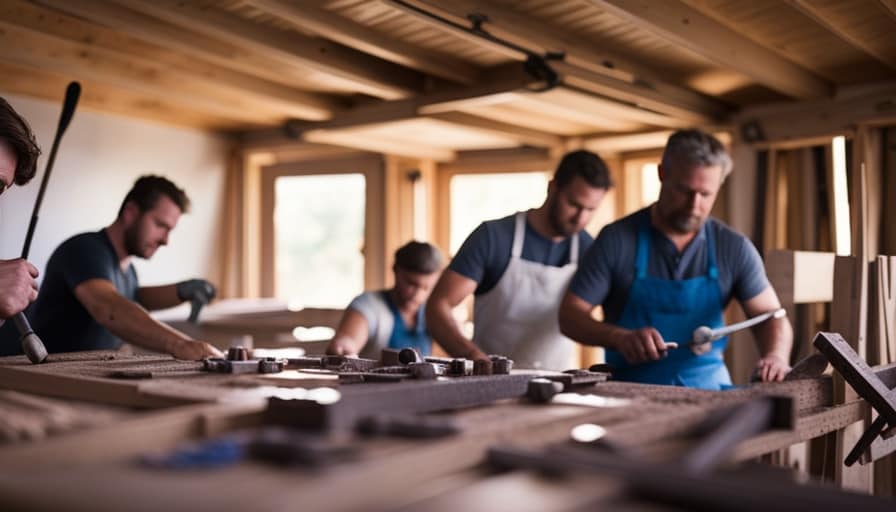
Ensuring Proper Functionality
Since the water system in my tiny house is essential for everyday tasks, I make sure to regularly inspect and maintain all the components to ensure proper functionality. Here are three key steps I take to keep my water system running smoothly:
-
Regular cleaning and sanitizing: I clean all the filters, screens, and pipes to remove any debris or buildup that can affect water flow. I also sanitize the water tanks and pipes to prevent bacteria or mold growth.
-
Monitoring water pressure: I regularly check the water pressure to ensure it’s within the safe range. If the pressure is too low, I troubleshoot for any blockages or leaks in the system. If the pressure is too high, I install a pressure regulator to protect the system from damage.
-
Addressing common issues: I’m familiar with common water system problems such as leaks, clogs, and pump failures. I troubleshoot these issues promptly, either by fixing them myself or calling a professional if needed.
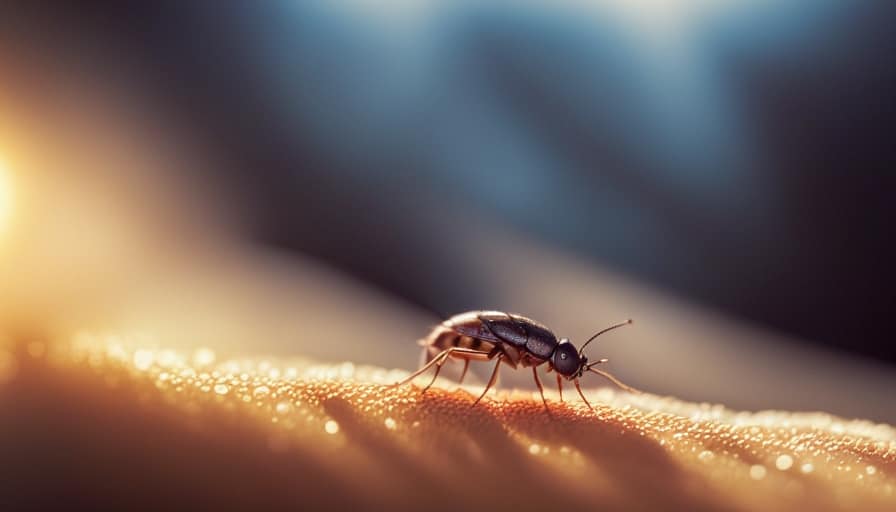
Frequently Asked Questions
What Are the Different Types of Water Systems Available for Tiny Houses?
There are various types of water systems for tiny houses, including gravity-fed, pressurized, and rainwater collection. Gravity-fed is cost-effective, pressurized offers convenience, while rainwater collection is eco-friendly. Each type has its own pros and cons.
Are There Any Specific Regulations or Permits Required for Installing a Water System in a Tiny House?
Permit requirements and water system regulations must be considered when installing a water system in a tiny house. It is important to comply with local laws and obtain the necessary permits to ensure a safe and legal installation.
How Do You Determine the Size of the Water Tank Needed for a Tiny House?
To determine the size of the water tank needed for a tiny house, I calculate water usage by considering daily needs and estimating consumption for various activities. This helps me accurately determine the required water supply.
Can a Water System in a Tiny House Be Easily Upgraded or Expanded in the Future?
Upgrading or expanding a water system in a tiny house can be easily done in the future. However, it is important to consider the durability of the water system and the cost of upgrading.

Are There Any Maintenance or Cleaning Tasks That Need to Be Performed Regularly on a Water System in a Tiny House?
Regular maintenance tasks for a water system in a tiny house include cleaning filters and checking for leaks. It’s important to keep the system running smoothly to ensure a constant and clean water supply.
Conclusion
In conclusion, installing a water system in a tiny house may seem like a daunting task, but with the right components and proper setup, it can be easily achieved.
While some may argue that a water filtration system is unnecessary in such a small space, it’s important to ensure clean and safe water for everyday use.
With a well-designed system in place, your tiny house can provide all the comforts of a traditional home without compromising on functionality.

I’m Theodore, and I love tiny houses. In fact, I’m the author of Tiny House 43, a book about tiny houses that are also tree houses. I think they’re magical places where imaginations can run wild and adventures are just waiting to happen.
While tree houses are often associated with childhood, they can be the perfect adult retreat. They offer a cozy space to relax and unwind, surrounded by nature. And since they’re typically built on stilts or raised platforms, they offer stunning views that traditional homes simply can’t match.
If you’re looking for a unique and romantic getaway, a tree house tiny house might just be the perfect option.
